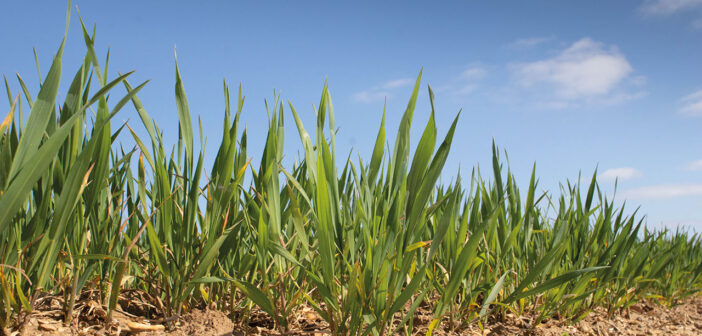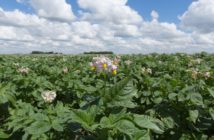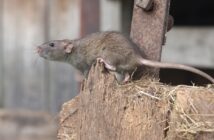Despite being in its first year, the ‘Thriving roots underpinning total soil health’ (Truth) project has revealed fascinating insights into soil and root health.
In 2024, 10 ‘Root Rangers’ conducted paid on-farm trials across diverse soil types and farming systems throughout the UK.
These farmers, representing conventional, regenerative and organic practices, were trained in soil sampling methods and chose specific treatments to assess. This year an additional 10 Root Rangers have been recruited. further expanding the scope of this farmer- scientist collaboration.
Mycorrhizal fungi expert Dr Tom Thirkell of the Crop Science Centre in Cambridge has been studying wheat root samples taken by the Root Rangers. As well as healthy populations of mycorrhiza, Tom’s analysis of the samples has also uncovered some unidentified foreign organisms.
New fungi forms
Some of these appear to be bacteria, while others are likely to belong to an ancient but newly described group of fungi known as mucoromycotina.
Tom says: “We believe these can also form beneficial interactions with cereal crop roots, but there has been very little study of them compared to the arbuscular mycorrhizas.”
They were found in several samples and are not unique to a specific type of farm. “They are random in how they crop up. We can repeat these tests in years two and three and see if there are any patterns.”
Tom also hopes DNA sequencing of these samples may be possible in future, so that the foreign organisms can be identified.
His findings from year one suggest that variations in fungal presence are influenced more by an individual farm’s management practices than the different treatments being trialled, but repetition of sampling in years two and three will develop this understanding further.
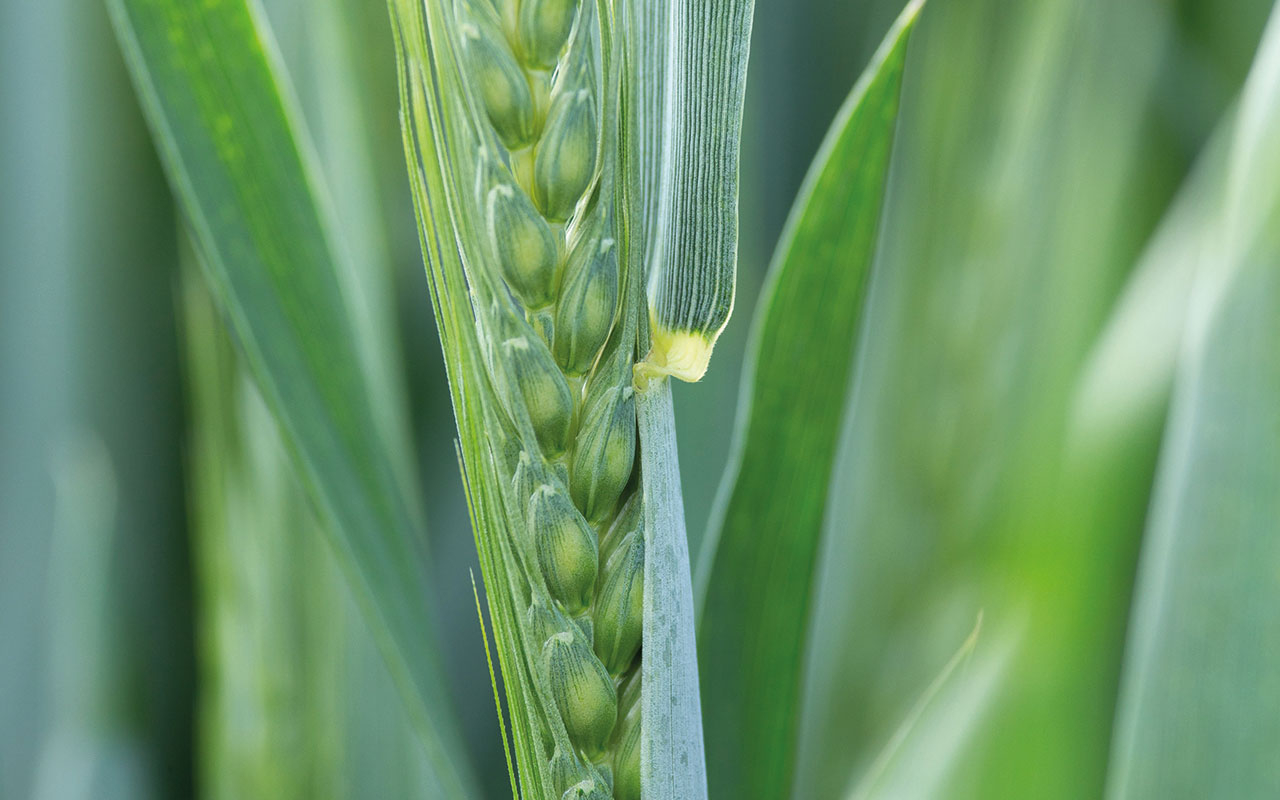
© Tim Scrivener
Microbial analysis
Dr Maria Hernandez-Soriano of the John Innes Centre is leading an investigation into soil microbial diversity. Her work involves analysing DNA from soil samples collected by the Root Rangers. It revealed a staggering 15,686 individual species across the 10 farms.
The John Innes Centre carefully processed 222 samples to extract the DNA. The scientists then compiled a library of all the DNA found in the samples, naming matched sequences using extensive databases.
The result is a vast spreadsheet listing all 15,686 species found in Root Ranger samples. From there, the data was analysed, drawing comparisons across different systems and the whole dataset, but also drilling down into individual farms’ results to assess and compare diversity.
Maria notes: “At the moment, the results are suggesting that management is the strongest influence.” In particular, the organic farmers among the Root Rangers had the most diverse samples, with a significant difference in nitrification too.
Diversity is important because these microbes work together as part of a complex network, both in cooperation with each other and regulating their different roles in soil. “It’s a huge community – some of which we know a lot about, while others are yet to be characterised.”
Understanding the activity of nitrification bacteria helps in improving nitrogen use efficiency, Maria adds. She has been looking closely at two of the most prevalent nitrifying communities, Nitrososphaera and Nitroscosmicus archaea.
These have become the biomarkers in the rhizosphere of modern cultivars following nitrogen fertiliser application, to the detriment of other communities, she explains.
“The abundance of these microbes in soil dramatically increases when you apply ammonium-based fertilisers, rapidly turning ammonium into nitrate, which is highly soluble and easily lost to the environment through leaching or gas emission as nitrous oxide.”
Year two of the project will focus more on the rhizosphere and with 20 Root Rangers on board, the sampling will produce an even stronger dataset.
A 360deg view of soil health
The Root Rangers have also been given a unique view of their soil structure and root systems through computed tomography (CT) scanning.
Dr Craig Sturrock of the University of Nottingham explains that CT scans were used to compare soil ‘cores’ from the different farms. The farmers took samples from their chosen fields of first winter wheat using sections of plastic pipe (15x8cm).
These were hammered into the ground before being carefully excavated to preserve the structure of the soil and roots inside. Each of the Root Rangers took 10 samples in a typical W-formation – five samples from the treated area under scrutiny in their trials and five from the untreated area.
Craig notes: “We’re using imaging technology to visualise the structure of soils across the UK, completely non-destructively, which is usually difficult to see.
“We’ve found differences between the soils. There’s variation between geographical location, soil texture and treatments, and differences in the root structure.”
The research highlighted the effect of management practices, such as ploughing and grazing. The results were not always as expected, with ploughed soil showing minimal differences to min- or no-tilled soils.
This may have been related to the time of sample collection being relatively late in the growth season (May 2024), where the soil had had time to settle after cultivation the previous autumn.
“This year we plan to sample in March, so tillage differences between sites may be more apparent.”
In year two, the Root Rangers will repeat the sampling process, but this time with five soil cores just from untreated areas.
Next steps
The second year of the project will see the group evaluate soil and root testing tools. Novel wheat varieties are also being multiplied, ready for trialling on Root Rangers’ farms, including one ‘remarkable’ variety that can moderate its own nitrogen supply.
Maria says what makes this variety interesting is that it has demonstrated the capacity to decrease the transformation of ammonium into nitrate in the soil. This is believed to be an adaptive trait.
It means much less nitrogen from fertilisers could potentially be lost to the environment and more could be taken up and used by the wheat plant itself, because it is controlling the transformation in soil and optimising the uptake.
“We haven’t observed that same capability or trait in any commercial wheat cultivars yet, so that is remarkable.”
Science supports regen move
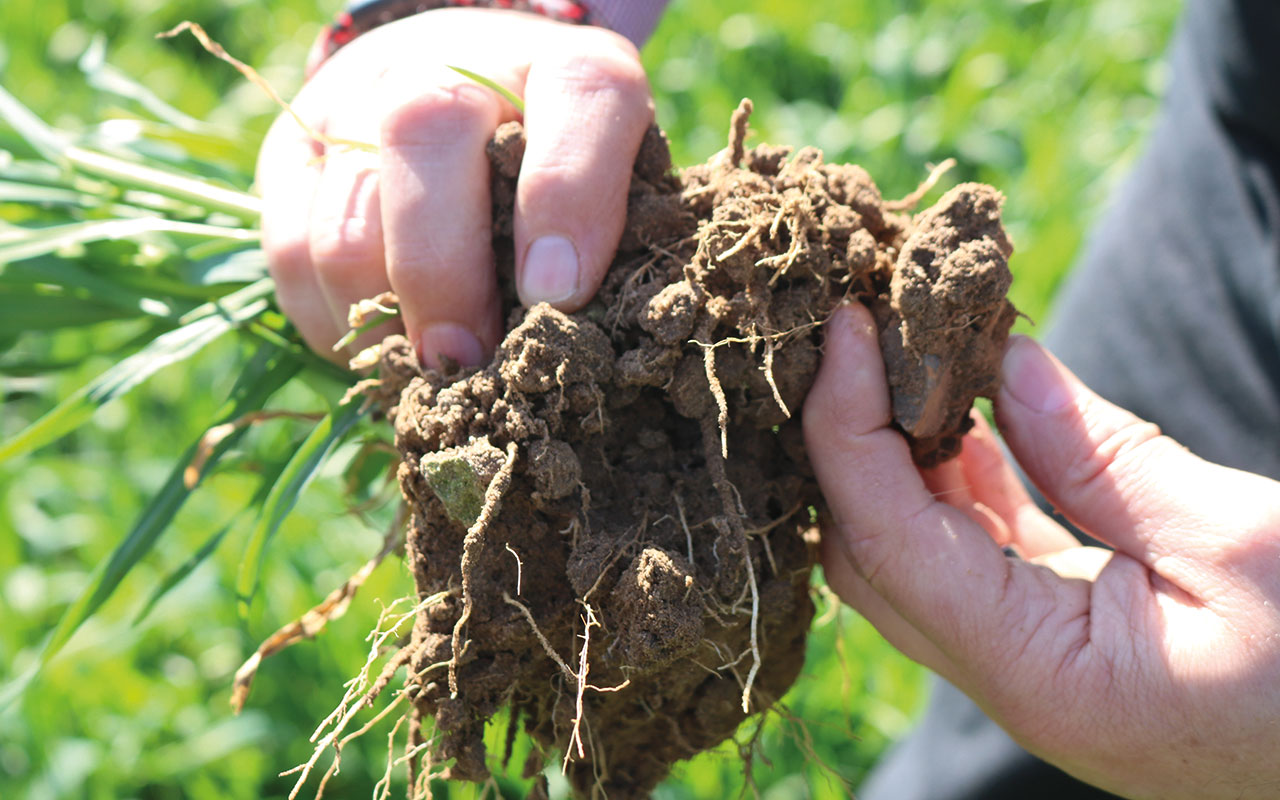
© Bofin
Of all the samples from the 10 Root Rangers in 2024, Church Field had the highest nitrification rate on the initial sampling date in both the bare soil and the rhizosphere. This suggested a potential overapplication of nitrogen. However, there were positive findings too.
The soil showed the highest levels of cyanobacteria in the second set of samples, and a very marked increase from the first set. These bacteria are responsible for fixing nitrogen, so the results indicate the compost tea is doing its job.
For Rachel, this confirmation was significant. “There was a small yield advantage from the compost tea, but it’s far from conclusive. It does appear that we have succeeded in getting the soil biology to work for us, though. The compost tea is such an inexpensive and easy option – who would have thought it could show such good results?”
Jacob’s enthusiasm for soil biology continues to grow. “The science is good, but without results, it’s just witchcraft,” he adds. “Anything we can do to fill that void will help turn the witchcraft into wizardry.”
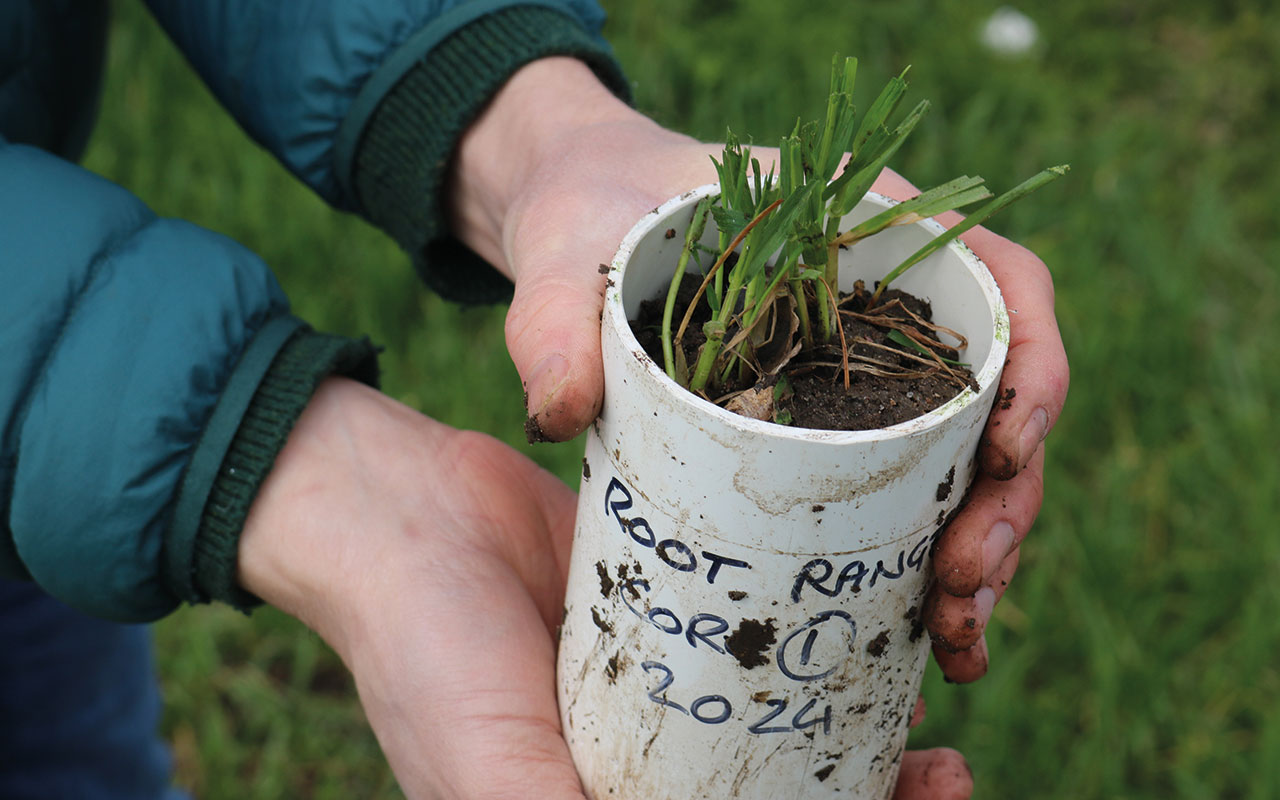
© Bofin

